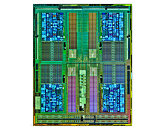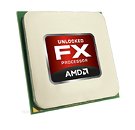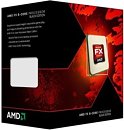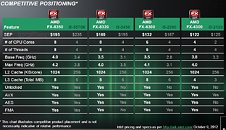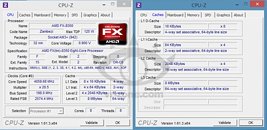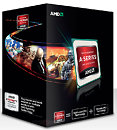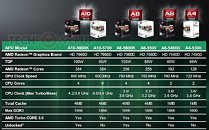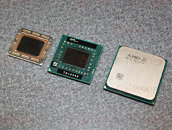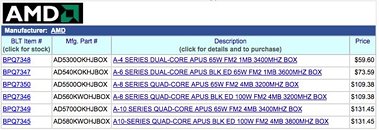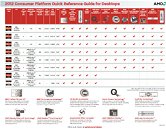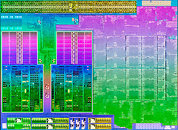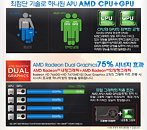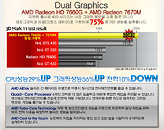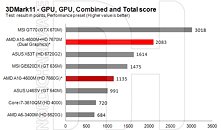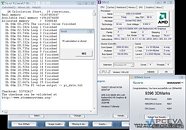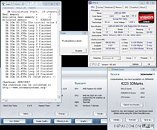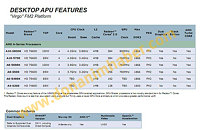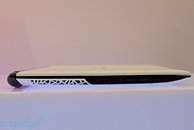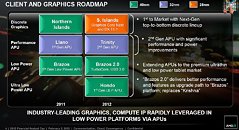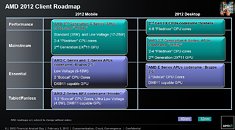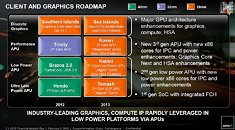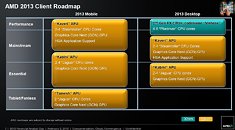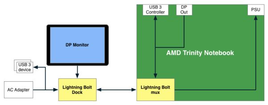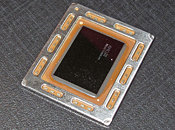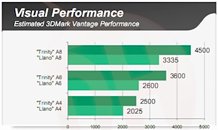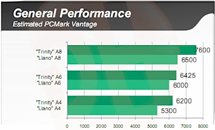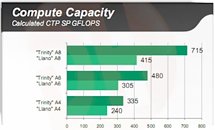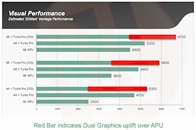
AMD Announces 2012 FX "Vishera" Line of Performance Desktop Processors
AMD announced the 2012 FX "Vishera" line of eight-core, six-core, and quad-core desktop processors. Based on the new "Piledriver" CPU micro-architecture, the new processors feature increased performance and an updated instruction set, over the previous generation. To begin with, the processors are based around the "Vishera" silicon, built on the 32 nm HKMG process at Global Foundries. With a transistor count of 1.2 billion and a die area of 315 mm², Vishera packs four Piledriver modules, with two cores each, 2 MB L2 cache per module (8 MB total), and 8 MB of L3 cache. Eight-, six-, and four-core models are carved out by toggling the number of modules between four, three, and two.
The Vishera silicon also features an updated CPU instruction set, which includes SSE/2/3/S3/4.1/4.2/4A, AVX, AES-NI, FMA/FMA2/FMA3, XOP, and F16C. An x86 processor by design, Vishera features the AMD64 x86-64 instruction set. Its updated integrated memory controller supports up to 64 GB of dual-channel DDR3 memory, with a standard speed of DDR3-1866 MHz, and more possible with overclocking. The memory interface is single, monolithic 128-bit, unlike the dual 64-bit IMC approach of the "Stars" micro-architecture. Built in the same socket AM3+ package as the previous generation FX, the new chips are compatible with existing AM3+ motherboards with a BIOS update. The 2012 FX processor lineup includes a total of four models, the FX-8350 flagship eight-core, FX-8320 performance eight-core, FX-6300 mainstream six-core, and FX-4300 value quad-core. All models feature unlocked base-clock multipliers, making each of them fit for overclocking. Their specifications and target SEP pricing are tabled below. Market prices could be about 5~10% above the SEP prices.
The Vishera silicon also features an updated CPU instruction set, which includes SSE/2/3/S3/4.1/4.2/4A, AVX, AES-NI, FMA/FMA2/FMA3, XOP, and F16C. An x86 processor by design, Vishera features the AMD64 x86-64 instruction set. Its updated integrated memory controller supports up to 64 GB of dual-channel DDR3 memory, with a standard speed of DDR3-1866 MHz, and more possible with overclocking. The memory interface is single, monolithic 128-bit, unlike the dual 64-bit IMC approach of the "Stars" micro-architecture. Built in the same socket AM3+ package as the previous generation FX, the new chips are compatible with existing AM3+ motherboards with a BIOS update. The 2012 FX processor lineup includes a total of four models, the FX-8350 flagship eight-core, FX-8320 performance eight-core, FX-6300 mainstream six-core, and FX-4300 value quad-core. All models feature unlocked base-clock multipliers, making each of them fit for overclocking. Their specifications and target SEP pricing are tabled below. Market prices could be about 5~10% above the SEP prices.
